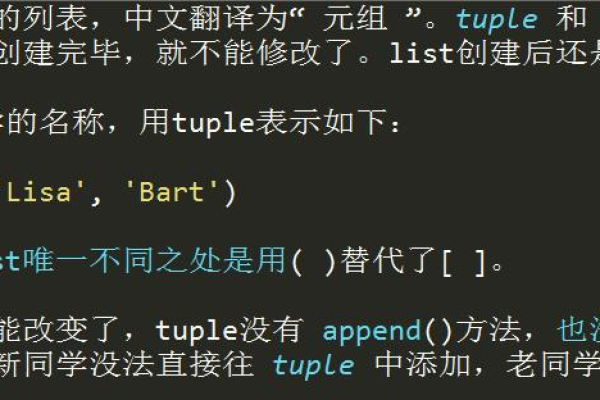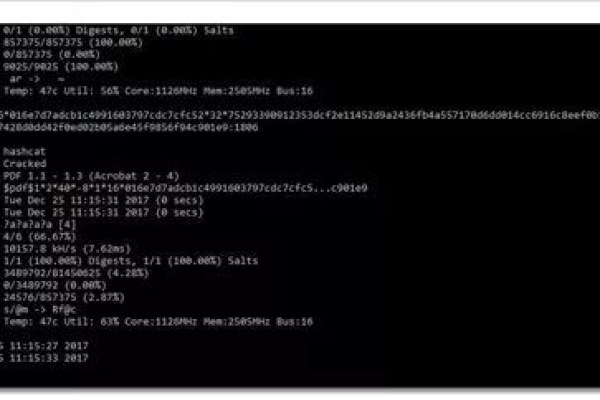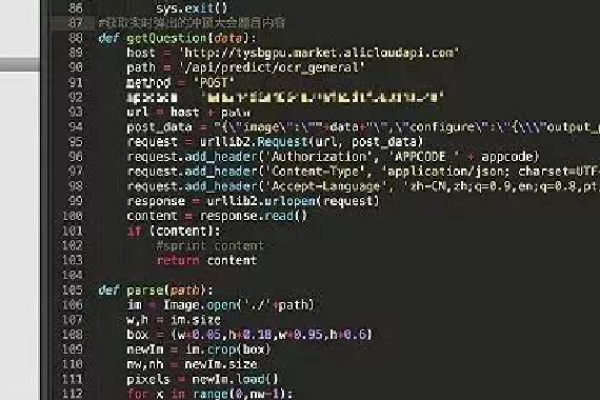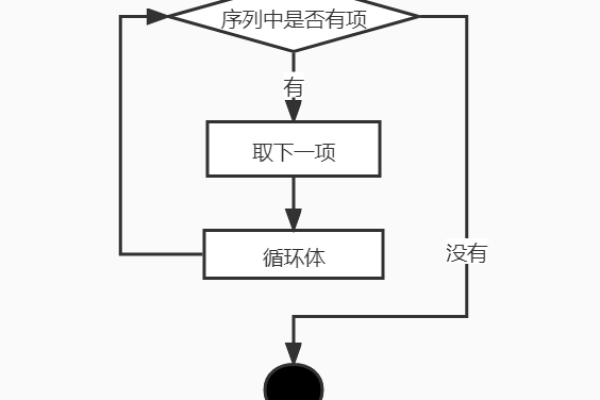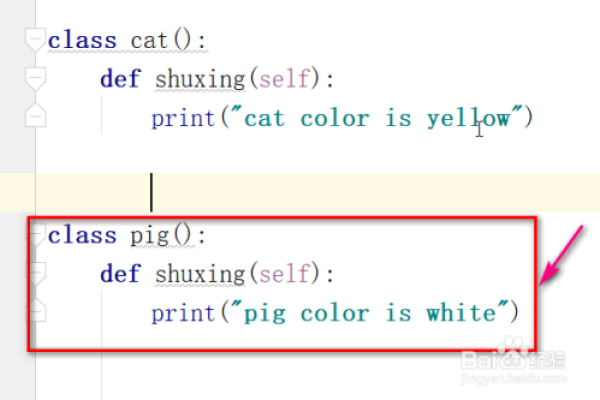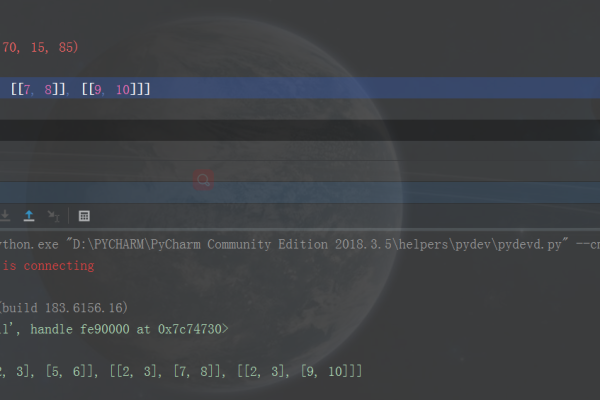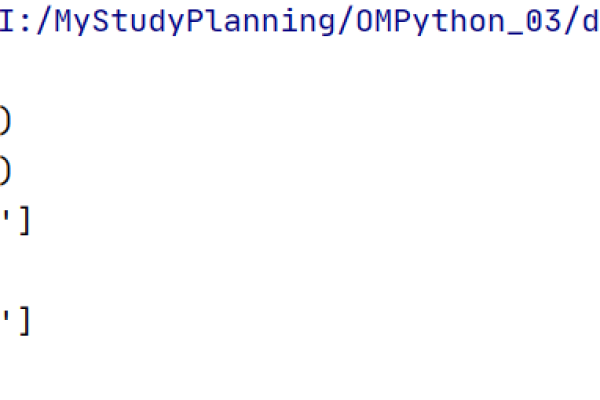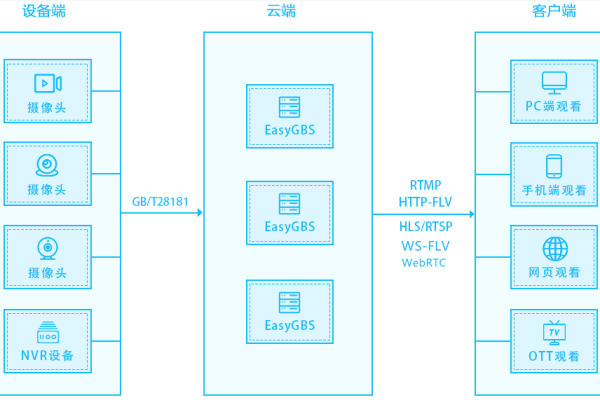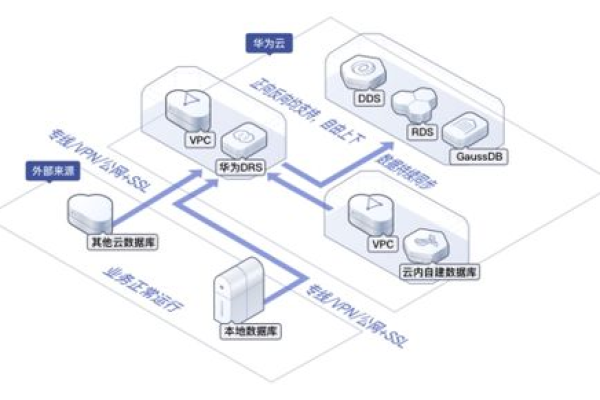python字符串表达
- 行业动态
- 2024-02-08
- 9
Python字符串是字符序列,可以用单引号或双引号表示,支持转义字符和格式化操作。
Python字符串表达
在Python中,字符串是一种基本的数据类型,用于表示文本信息,字符串可以包含字母、数字、特殊字符等,并且可以通过各种操作进行拼接、修改和处理,本文将详细介绍Python字符串的相关知识,包括创建、访问、操作和常用方法。
创建字符串
1、使用单引号或双引号创建字符串
str1 = 'hello' str2 = "world"
2、使用三引号创建多行字符串
str3 = ''' line1 line2 line3 '''
3、使用转义字符创建特殊字符串
str4 = "This is a new line. This is the second line."
访问字符串
1、通过索引访问字符串中的字符
s = "hello" print(s[0]) 输出 'h'
2、通过切片访问字符串的一部分
s = "hello" print(s[1:4]) 输出 'ell'
操作字符串
1、字符串拼接
str1 = "hello" str2 = "world" result = str1 + " " + str2 结果为 "hello world"
2、字符串重复
s = "hello" result = s * 3 结果为 "hellohellohello"
3、字符串分割
s = "hello,world,python"
result = s.split(",") 结果为 ['hello', 'world', 'python'] 4、字符串替换
s = "hello world"
result = s.replace("world", "python") 结果为 "hello python" 5、字符串大小写转换
s = "Hello World" result = s.upper() 结果为 "HELLO WORLD" result = s.lower() 结果为 "hello world"
常用字符串方法
1、len():计算字符串长度
s = "hello" length = len(s) 结果为 5
2、str.startswith():检查字符串是否以指定内容开头
s = "hello"
result = s.startswith("he") 结果为 True 3、str.endswith():检查字符串是否以指定内容结尾
s = "hello"
result = s.endswith("lo") 结果为 True 4、str.find():查找子字符串在字符串中的位置
s = "hello"
result = s.find("ll") 结果为 2 5、str.join():使用指定字符连接字符串列表
s_list = ["hello", "world"] result = "-".join(s_list) 结果为 "hello-world"
相关问题与解答
1、如何在Python中创建一个空字符串?
答:可以使用单引号、双引号或三引号创建一个空字符串,empty_str = ''、empty_str = ""或empty_str = ''''''。
2、如何在Python中获取字符串的长度?
答:可以使用len()函数获取字符串的长度,length = len(s)。
3、如何在Python中判断一个字符串是否以指定内容开头或结尾?
答:可以使用str.startswith()和str.endswith()方法,result = s.startswith("he")和result = s.endswith("lo")。
4、如何在Python中使用指定字符连接字符串列表?
答:可以使用str.join()方法,result = "-".join(s_list)。
